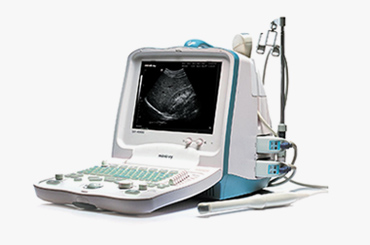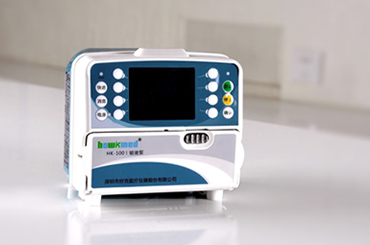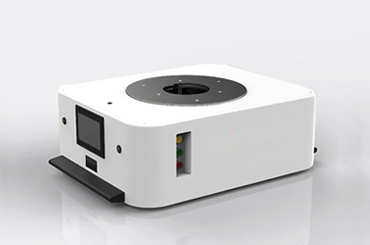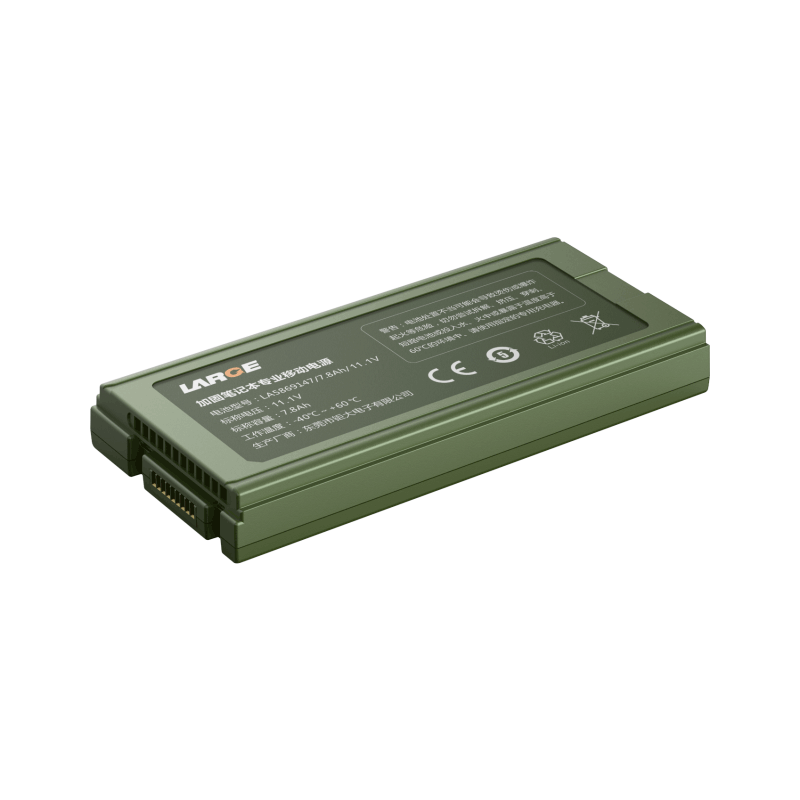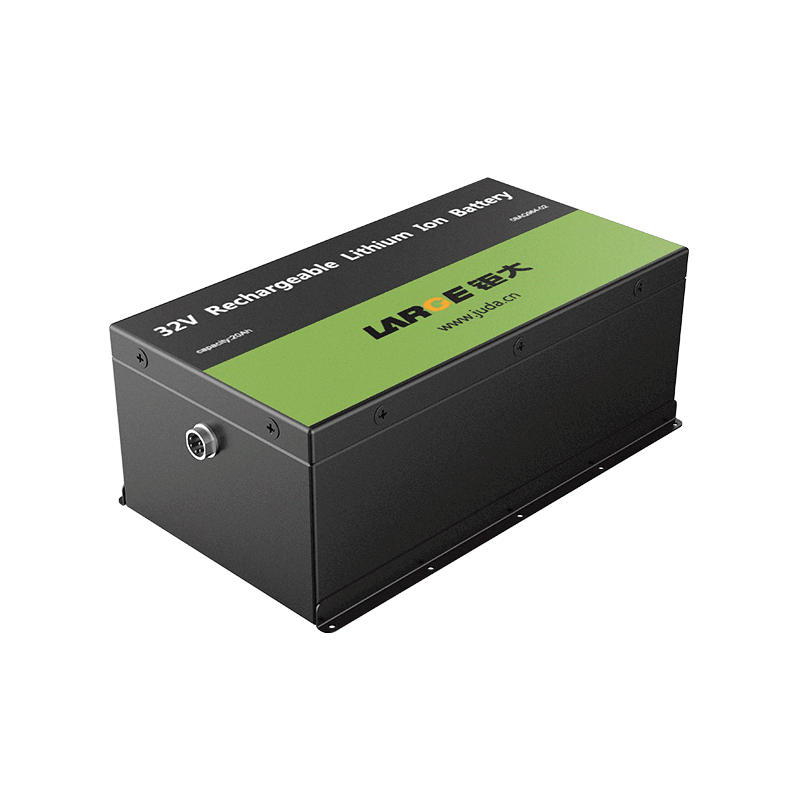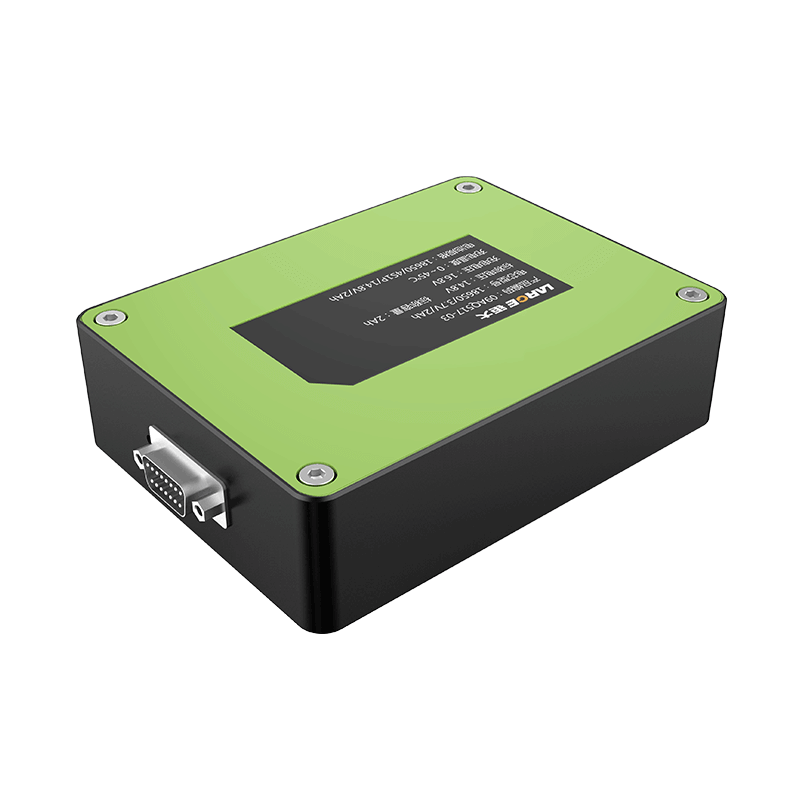-
Key Takeaways
-
Part 1: Understanding IP Ratings+
- 1.1 What Is the IP Rating System?
- 1.2 The Role of Ingress Protection in Industrial Applications
- 1.3 Why IP Ratings Are Critical for Lithium Batteries
-
Part 2: Decoding the IP Rating System+
- 2.1 How the Two-Digit Code Works
- 2.2 First Digit: Protection Against Solids
- 2.3 Second Digit: Protection Against Liquids
- 2.4 Common Misunderstandings About IP Ratings
-
Part 3: Key IP Ratings for Lithium Batteries+
- 3.1 Overview of IP65, IP67, IP68, and IP69K
- 3.2 Applications of Each IP Rating in Real-World Scenarios
-
Part 4: Comparing IP Ratings for Different Environments+
- 4.1 Dusty and Dry Conditions
- 4.2 Wet and Humid Environments
- 4.3 Extreme or Hazardous Applications
- 4.4 Balancing Cost and Protection
-
Part 5: Choosing the Right IP Rating for Lithium Batteries+
- 5.1 Evaluating Environmental Factors
- 5.2 Assessing Usage Scenarios
- 5.3 Considering Long-Term Durability
- 5.4 Practical Tips for Selecting the Right IP Rating
-
FAQ+
- 1. What does an IP rating mean for lithium batteries?
- 2. Can IP69K protection handle high-pressure washdowns?
- 3. Are waterproof batteries necessary for all environments?
The Ultimate Guide to IP Ratings for Lithium Battery Durability
APR 15, 2025 Pageview:13
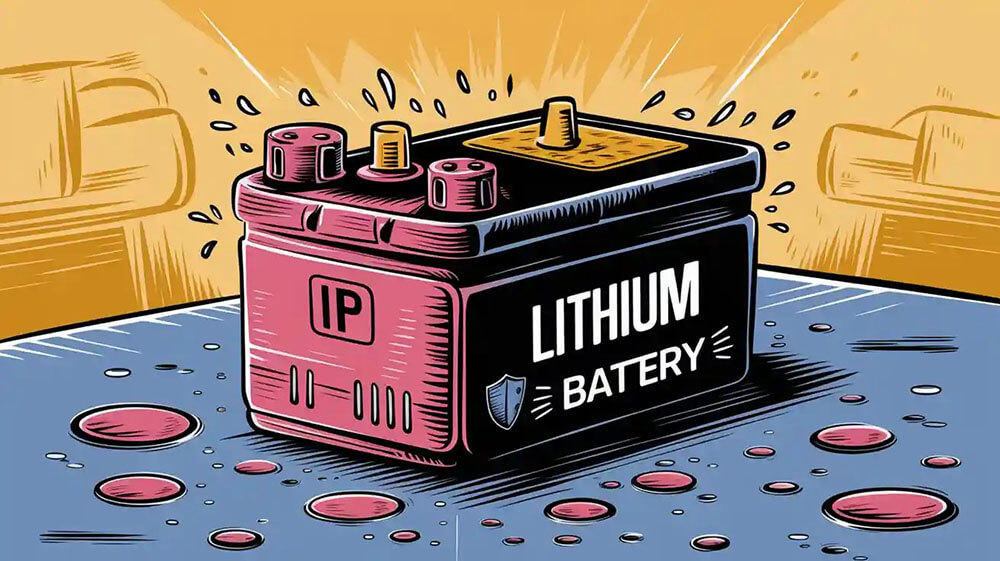
When it comes to lithium batteries, IP ratings play a critical role in ensuring durability and reliable performance. These ratings define the level of ingress protection against dust and water, which are common threats in challenging environments. For example, an IP67 rating signifies that a battery is dust-tight and can endure immersion in water up to 1 meter deep. Without sufficient protection, exposure to these elements can compromise battery longevity and safety. Choosing the right IP rating helps you safeguard your batteries, ensuring they function effectively under tough conditions.
Key Takeaways
IP ratings show how well lithium batteries block dust and water. Pick a rating that fits your surroundings for better durability.
Higher IP ratings, such as IP67 or IP69K, give stronger protection in wet or tough conditions. Use these for outdoor or work settings.
Think about your needs before picking an IP rating. Choosing too high can cost more without extra advantages.
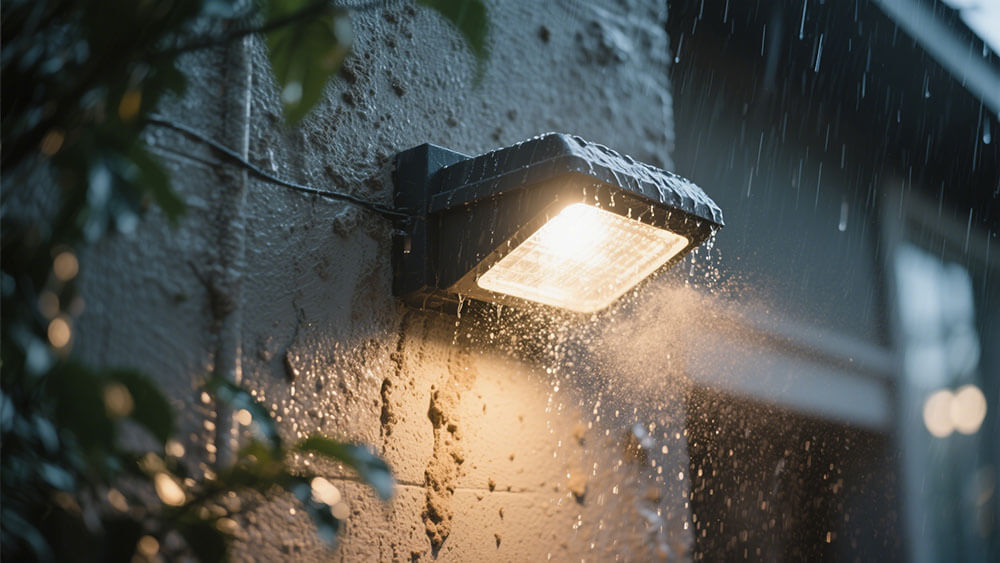
Part 1: Understanding IP Ratings
1.1 What Is the IP Rating System?
The IP rating system, developed by the International Electrotechnical Commission (IEC), provides a standardized way to measure the durability of enclosures against environmental factors. It uses a two-digit code to indicate the level of protection. The first digit (ranging from 0 to 6) represents the degree of protection against solid objects like dust. The second digit (ranging from 0 to 9) specifies the level of protection against liquids, such as water.
Component | Description |
|---|---|
First Digit | Indicates protection level against solid objects. |
Second Digit | Denotes protection level against liquids. |
Additional Letters | Provide extra information about specific protective features. |
For lithium batteries, understanding this system is crucial. It ensures you select a battery with the right level of ingress protection for your application from Large Power, safeguarding it from environmental hazards.
1.2 The Role of Ingress Protection in Industrial Applications
Ingress protection ratings are vital in industrial environments where equipment faces constant exposure to dust, moisture, and other contaminants. These ratings ensure that electrical enclosures, including lithium battery packs, remain operational under harsh conditions. For example, an IP65-rated battery pack can resist dust and low-pressure water jets, making it suitable for outdoor industrial use.
By selecting the appropriate IP rating, you enhance the reliability and safety of your lithium batteries. This is particularly important in industries like manufacturing, logistics, and renewable energy, where uninterrupted performance is critical.
1.3 Why IP Ratings Are Critical for Lithium Batteries
Lithium batteries often operate in challenging environments, from extreme temperatures to wet or dusty conditions. High IP ratings, such as IP65 or higher, protect these batteries from dust ingress and water exposure, ensuring consistent performance. For instance, an IP65-rated battery pack guarantees protection against dust and water jets, making it ideal for outdoor applications like solar energy storage or electric vehicle charging stations.
Additionally, advanced features like built-in thermal management systems and remote diagnostics further enhance the durability of these batteries. By choosing a battery with the right IP rating, you ensure long-term reliability and reduce maintenance costs, which is essential for industrial operations.
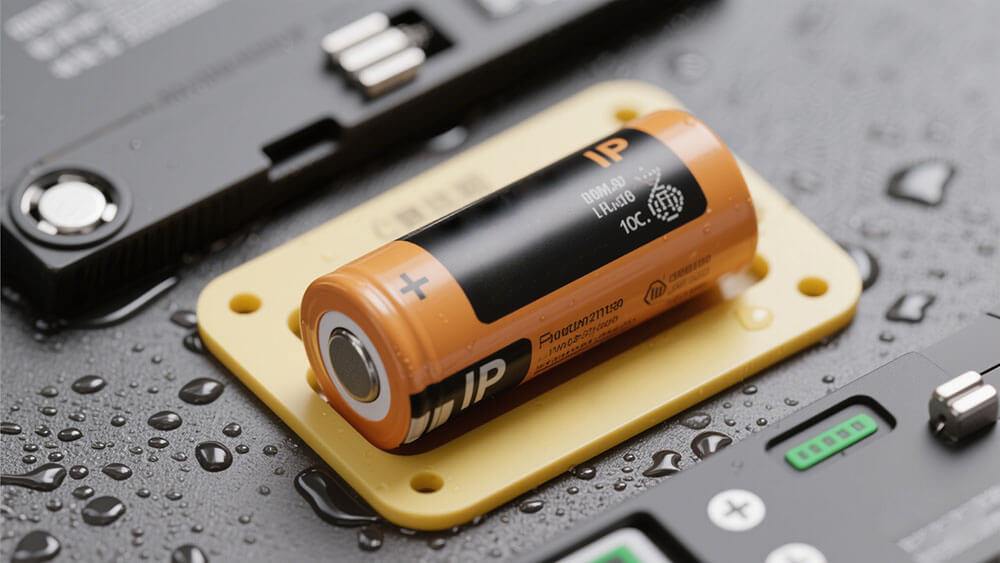
Part 2: Decoding the IP Rating System
2.1 How the Two-Digit Code Works
The IP rating system is an international standard that quantifies the level of protection provided by electrical enclosures. It uses a two-digit code to indicate the degree of protection against solids and liquids. The first digit represents protection against dust and other solid objects, while the second digit specifies protection against water or other liquids. This system helps engineers and manufacturers select components that meet specific environmental requirements, ensuring safety and durability in various applications.
Understanding this system allows you to choose the right IP rating for your lithium batteries, ensuring they perform reliably in challenging environments.
2.2 First Digit: Protection Against Solids
The first digit in the IP rating system indicates the level of protection against dust and solid particles. It ranges from 0 (no protection) to 6 (dust-tight). Each level specifies the size of objects that the enclosure can prevent from entering.
Rating | Solid Ingress Protection | Description |
|---|---|---|
0 or X | Not rated or no rating supplied. | No protection against contact and ingress of objects. |
1 | Objects larger than 2in (50mm) | Prevents accidental ingress by large body parts, branches, etc. |
2 | Objects larger than 0.5in (12.5mm) | Protects against fingers or similar objects. |
3 | Objects larger than 0.1in (2.5mm) | Protects against tools, thick wires, etc. |
4 | Objects larger than 0.04in (1mm) | Protects against most wires, slender screws, large ants, etc. |
5 | Dust protected | Ingress of dust is not entirely prevented, but it must not interfere with the operation of the equipment. |
6 | Dust-tight | No ingress of dust; complete protection against contact (dust-tight). |
For lithium batteries, a rating of 5 or 6 ensures protection against dust, which is critical for outdoor or industrial applications.
2.3 Second Digit: Protection Against Liquids
The second digit in the IP rating system defines the level of protection against liquids. It ranges from 0 (no protection) to 9K (protection against high-pressure water jets).
Digit | Protection Level | Description | Common Use Cases |
|---|---|---|---|
0 | No protection | No protection against liquids. | Indoor, dry environments. |
1 | Dripping water | Protects against vertically falling drops (e.g., condensation). | Sheltered outdoor devices. |
2 | Dripping water (tilted) | Protects against dripping water when tilted up to 15° from vertical. | Devices mounted at slight angles. |
3 | Spraying water | Resists water sprayed at up to 60° from vertical (e.g., light rain). | Outdoor electronics in rain. |
4 | Splashing water | Protects against water splashing from all directions (limited ingress). | Industrial or kitchen environments. |
5 | Water jets | Resists low-pressure water jets (6.3mm nozzle) from any direction. | Outdoor equipment exposed to hosing. |
6 | Powerful water jets | Resists high-pressure jets (12.5mm nozzle) from any direction. | Marine or heavy-duty outdoor use. |
7 | Immersion (up to 1m) | Survives temporary submersion in water (up to 1m depth for 30 minutes). | Waterproof phones, cameras. |
8 | Immersion (>1m) | Designed for continuous submersion (depth/time specified by the manufacturer). | Dive watches, underwater sensors. |
9K | High-pressure/hot water jets | Resists high-temperature, high-pressure jets (per DIN 40050-9). | Industrial cleaning, food processing. |
When selecting lithium batteries, consider the environmental conditions they will face. Batteries with higher liquid protection ratings are ideal for wet or humid environments, ensuring long-term reliability.
2.4 Common Misunderstandings About IP Ratings
Many people assume that higher IP ratings are always better. However, this is not necessarily true. The suitability of an IP rating depends on the specific application. For example, an IP67 rating may not be superior to an IP65 rating if the battery operates in a dry environment. Over-specifying IP ratings can also increase costs unnecessarily.
Another common misconception is that IP ratings cover all environmental factors. While they address protection against dust and liquids, they do not account for temperature extremes, chemical exposure, or mechanical impacts. Always evaluate the full range of environmental challenges when selecting a battery.
Tip: Focus on the specific needs of your application for Large Power rather than defaulting to the highest IP rating available.
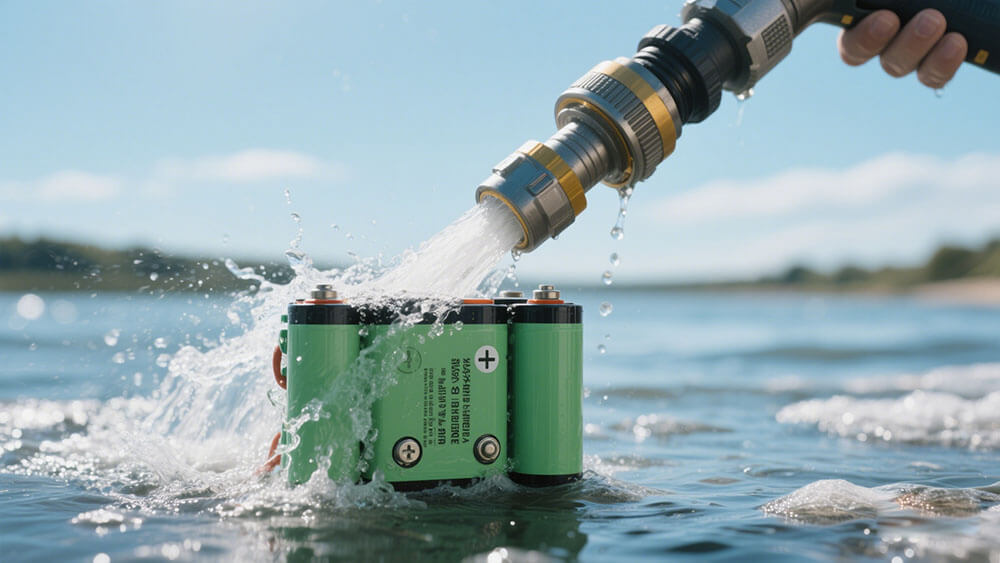
Part 3: Key IP Ratings for Lithium Batteries
3.1 Overview of IP65, IP67, IP68, and IP69K
Understanding the differences between IP65, IP67, IP68, and IP69K ratings is essential when selecting lithium batteries for specific environments. Each rating offers a unique level of protection against dust and water, ensuring durability in challenging conditions.
IP Rating | Dust Protection | Water Protection | Suitable Applications |
|---|---|---|---|
IP65 | Complete dust-tight | Resists low-pressure water jets | Outdoor lighting, streetlights |
IP67 | Total dust-tight | Temporary submersion in water up to 1 meter | Wet environments, docks |
IP68 | Total dust-tight | Continuous immersion under severe conditions | Extreme wet environments |
IP69K | Total dust-tight | High-pressure and high-temperature water jets | Food processing, hygiene-sensitive areas |
These ratings ensure that lithium batteries meet the demands of various industries, from outdoor installations to industrial cleaning processes.
IP65: Dust-Tight and Water-Resistant
An IP65 rating guarantees complete protection against dust and resistance to low-pressure water jets. This makes it ideal for outdoor applications like solar energy systems or streetlights. The rating requires the battery to withstand water jets at 30Kg/cm² from a distance of 3 meters for at least 15 minutes. This ensures that the battery remains operational even in dusty or rainy conditions.
IP67: Submersible for Short Durations
IP67-rated lithium batteries provide total dust protection and can endure temporary submersion in water up to 1 meter deep for 30 minutes. This makes them suitable for environments like docks or industrial wash-down areas, where occasional water exposure is unavoidable. Their robust design ensures reliable performance in wet conditions.
IP68: Maximum Protection for Extreme Conditions
IP68 offers the highest level of protection for continuous immersion in water under severe conditions. These batteries are perfect for extreme environments, such as agricultural machinery operating in muddy fields or underwater lighting systems. Their enhanced sealing prevents water ingress, ensuring long-term durability.
IP69K Rating: High-Pressure and High-Temperature Resistance
IP69K-rated batteries withstand high-pressure and high-temperature water jets, making them indispensable in industries requiring stringent hygiene standards. For example, food processing plants rely on these batteries to power equipment exposed to steam cleaning. The IP69K standard ensures resistance to water pressures of 8000-10000 kPa at temperatures up to 80°C.
3.2 Applications of Each IP Rating in Real-World Scenarios
Lithium batteries with different IP ratings serve diverse applications. For instance:
IP65: Used in outdoor lighting systems exposed to dust and rain.
IP67: Ideal for construction sites with high dust and water exposure.
IP68: Common in pool lighting systems requiring constant water immersion.
IP69K: Essential in food processing plants where hygiene is critical.
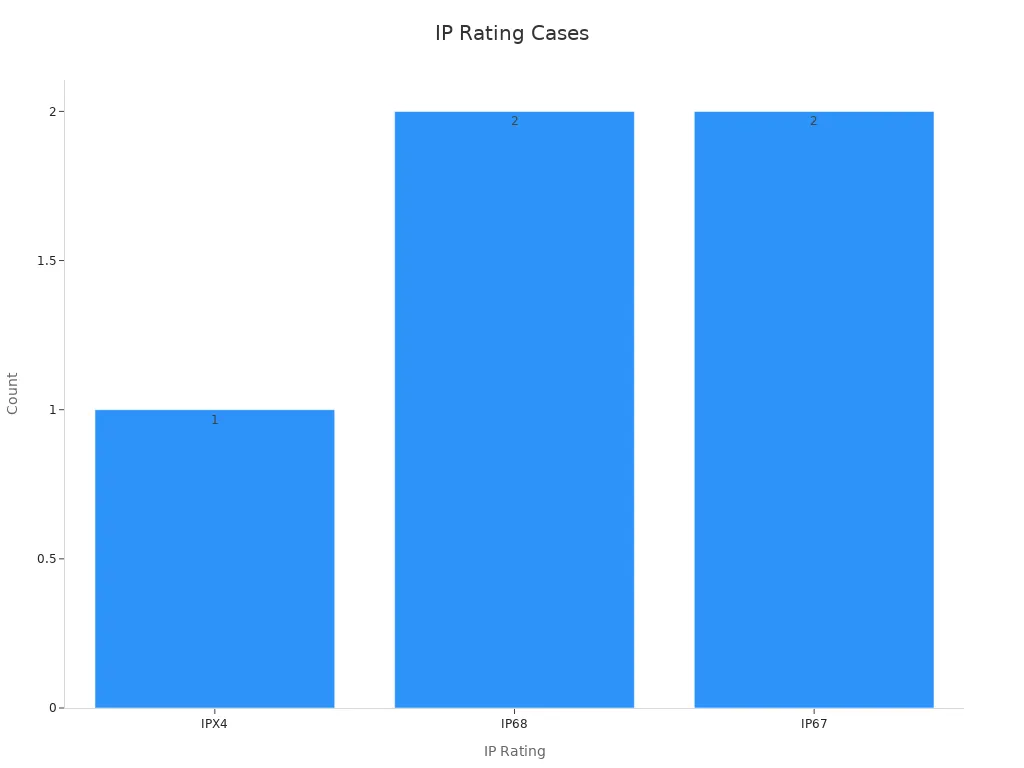
By matching the IP rating to the application, you ensure optimal performance and longevity for your lithium batteries.
Part 4: Comparing IP Ratings for Different Environments
4.1 Dusty and Dry Conditions
In dusty and dry environments, lithium batteries face significant challenges. Dust particles can infiltrate battery enclosures, potentially causing short circuits or degrading performance. IP ratings with a first digit of 5 or 6 are essential for such conditions. For instance, an IP65-rated battery provides complete protection against dust ingress, ensuring reliable operation in outdoor use, such as solar energy systems in arid regions.
Testing methods like the Battery Sand Dust Test Chamber simulate exposure to dust and sand particles. These tests evaluate the battery's ability to maintain performance despite prolonged exposure to fine particulates. By selecting a battery with the appropriate IP rating, you can ensure durability and reduce maintenance costs in dusty environments.
4.2 Wet and Humid Environments
Wet and humid conditions demand batteries with high liquid ingress protection. IP67 or higher ratings are ideal for these scenarios. An IP67-rated battery can withstand temporary submersion, making it suitable for docks or areas prone to flooding. For continuous exposure to water, an IP68-rated battery offers maximum protection.
Humidity control during manufacturing is equally critical. For example, electrode production requires a relative humidity below 10%, while electrolyte injection demands a dew point humidity under -45℃. These measures prevent moisture-related issues, ensuring long-term reliability in humid environments.
4.3 Extreme or Hazardous Applications
Extreme or hazardous environments require batteries with robust protection against both solids and liquids. IP69K-rated batteries excel in such conditions, offering resistance to high-pressure and high-temperature water jets. These batteries are indispensable in industries like food processing, where hygiene standards necessitate frequent steam cleaning.
Studies like those by Attwa et al. (2011) highlight the importance of advanced protection in challenging environments. Their research demonstrated how geoelectrical methods effectively identify environmental hazards, emphasizing the need for high-resolution imaging and robust battery designs.
4.4 Balancing Cost and Protection
While higher IP ratings provide superior protection, they often come with increased costs. Over-specifying an IP rating can lead to unnecessary expenses. For example, an IP68-rated battery may not be cost-effective for applications requiring only IP65-level protection. Evaluate your operational environment carefully to balance cost and protection effectively.
Consider factors like dust levels, water exposure, and operational demands. For outdoor use, an IP65-rated battery may suffice, while industrial applications might require IP67 or higher. By aligning the IP rating with your specific needs, you can optimize both performance and budget.
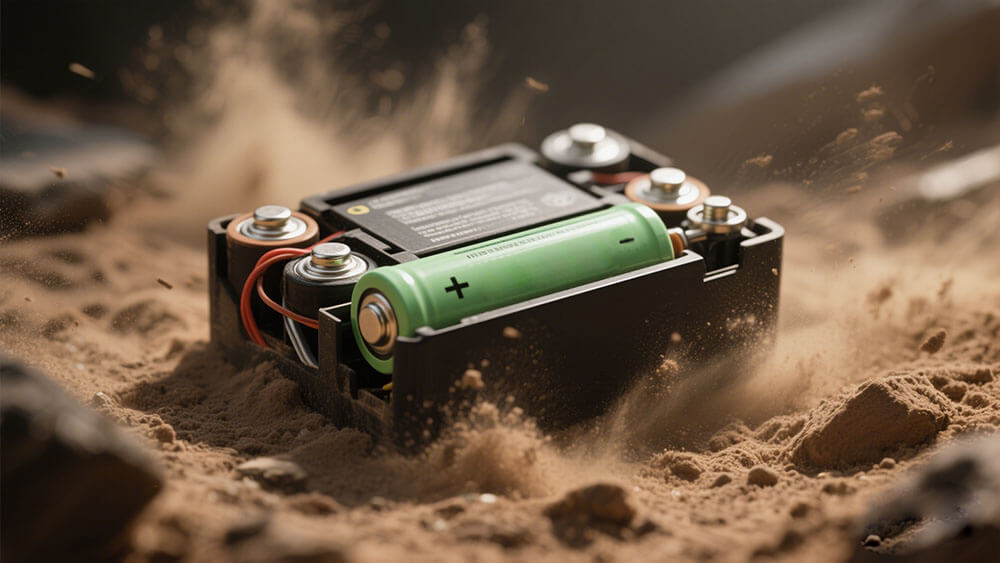
Part 5: Choosing the Right IP Rating for Lithium Batteries
5.1 Evaluating Environmental Factors
Selecting the right IP rating begins with assessing the environmental conditions where the lithium battery will operate. Dust, humidity, and water exposure significantly impact battery performance and longevity. For instance, outdoor environments with high dust levels require batteries with a first-digit rating of 5 or 6, ensuring dust-tight protection. Similarly, wet or humid conditions demand higher IP water ratings, such as IP67 or IP68, to prevent water ingress.
Environmental Assessment Method: Life Cycle Assessment (LCA)
Evaluates the environmental impacts of products, processes, or activities throughout their lifecycle, crucial for understanding battery performance and environmental footprint.
By conducting thorough environmental assessments, you can identify the specific protection requirements for your application, ensuring optimal battery performance.
5.2 Assessing Usage Scenarios
Different usage scenarios dictate the level of protection needed. For example, marine applications require batteries with IP69K compliance to withstand high-pressure water jets and saltwater exposure. In contrast, industrial settings with frequent cleaning processes benefit from the IP69K rating due to its resistance to high-temperature water jets.
To optimize battery performance, it's essential to identify key parameters such as temperature, charge/discharge rates, and cycle life. By simulating various scenarios with different input parameters, you can observe the battery's behavior and identify trends that inform better operational decisions.
Simulation models from Large Power also help evaluate battery degradation under specific conditions, enabling you to select the most suitable IP rating for your operational needs.
5.3 Considering Long-Term Durability
Long-term durability is a critical factor in choosing the right IP rating. Batteries in automotive or industrial applications often need to last over a decade. Factors like depth of discharge, state of charge, and temperature fluctuations influence battery aging. For instance, IP69K compliance ensures robust protection against environmental stressors, extending the battery's lifespan in demanding conditions.
By prioritizing durability from Large Power, you can reduce maintenance costs and enhance the reliability of your lithium batteries.
5.4 Practical Tips for Selecting the Right IP Rating
When choosing an IP rating, consider the following decision-making frameworks:
Environmental Considerations: Assess the environment for dust and humidity to determine the necessary IP rating.
Usage Scenarios: Different applications, such as marine or outdoor use, require specific water protection levels.
Regulatory Requirements: Compliance with industry standards dictates the IP ratings needed for certain applications.
Balancing cost and protection is equally important. Over-specifying an IP rating can lead to unnecessary expenses. For example, an IP69K rating may not be required for a battery used in a dry, indoor environment. Evaluate your operational needs carefully to ensure you select a rating that aligns with both performance and budget requirements.
IP ratings are essential for ensuring the durability and safety of lithium batteries in diverse environments. Selecting the right rating, such as IP65 for dust and water resistance or IP69K for high-pressure cleaning, protects internal components and prolongs equipment life. Matching the IP rating to the application reduces maintenance costs and ensures compliance with industry standards.
For outdoor use, waterproof IP ratings like IP67 or IP68 provide reliable water protection, ensuring long-term performance in wet or humid conditions. Prioritize safety and durability by choosing batteries with appropriate IP ratings for your specific needs.
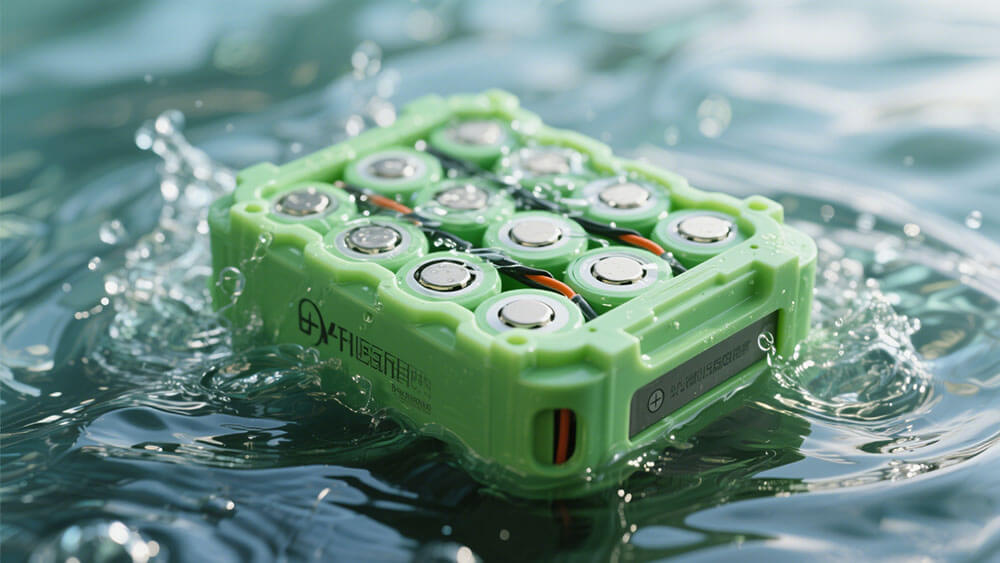
FAQ
1. What does an IP rating mean for lithium batteries?
An IP rating defines the level of protection a lithium battery offers against dust and water exposure. It ensures durability in industrial and outdoor environments.
2. Can IP69K protection handle high-pressure washdowns?
Yes, IP69K protection withstands high-pressure washdowns and extreme conditions. It is ideal for industrial applications requiring stringent hygiene standards and waterproof performance.
3. Are waterproof batteries necessary for all environments?
No, waterproof batteries are essential only in wet or humid environments. Evaluate your application’s exposure to water before selecting the appropriate IP rating.
- Prev Article: The Ultimate Guide to Lithium Battery Temperature Management
- Next Article: What Are the Best Lithium Batteries for Healthcare AGVs
Leave Message
Hottest Categories
-
Hottest Industry News
-
Latest Industry News




